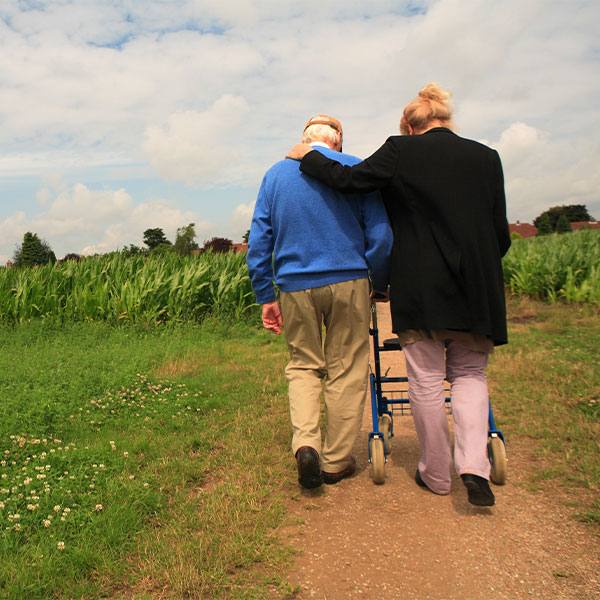-
Healthcare Delivery
Science Saturday: Uncovering disparities in local communities — the case of the HPV vaccine
Where you live may affect whether you receive the cancer-preventing HPV vaccine, suggests a new study published in the journal Vaccine.
The first human papillomavirus (HPV) vaccine was approved for use in the U.S. by the Food and Drug Administration in 2006. According to the National Cancer Institute, the types of HPV the current vaccine covers are those which cause 90% of genital warts, as many as 90% of cervical cancers, as well as a majority of oropharyngeal (a type of throat cancer), anal, penile, vaginal and vulvar cancers. Yet vaccination with the HPV vaccine has lagged considerably compared to national health and wellness goals.
Recent Mayo Clinic research sought to understand the effects of local area and socioeconomic status on whether or not young people (ages 11-18) received the initial or full vaccine series. Using a tool called the Area Deprivation Index, which combines income, housing, employment, education and other factors, the investigators found that youth were less likely to start, or complete, the vaccine series if they lived in neighborhoods considered the most socioeconomically deprived. In addition, regardless of the socioeconomic level of their local community, living in a rural environment made it less likely that youth would start the vaccine series — although if they did, rurality had no effect on completion.

Finally, the investigators noted additional factors of being male, Black or older (compared to referent age range 11-12) made it less likely that a person would initiate or complete the series; while people of Hispanic ethnicity were more likely to initiate the vaccine series than non-Hispanic youth.
“This study builds on our previous work which showed that patients living in deprived or rural communities are approximately half as likely to complete a cancer screening. Developing targeted interventions is imperative to reach these communities and detect cancer at earlier stages,” says Shaheen Kurani, Ph.D., the study's lead author and a research collaborator at Mayo Clinic.
"We have been studying HPV vaccination trends for a while," says Kathy MacLaughlin, M.D., a family medicine physician at Mayo Clinic in Rochester, Minnesota, and co-author of the current research. "Although this is one of only two cancer prevention vaccines available, too few children and adolescents are benefiting from the future cancer protection provided by the HPV vaccine."
To make these observations, the team examined linked medical records from the Rochester Epidemiology Project (REP), for nearly 55,000 people who were either eligible to initiate or to complete the HPV vaccination series between Jan. 1, 2016 and Dec. 31, 2018. REP participants include the majority of residents of Olmsted County, Minnesota, as well as a substantial percentage of people who receive medical care in 26 surrounding counties in Minnesota and Wisconsin.

The authors conclude, "Area-level indicators, such as the (area deprivation index), can serve as powerful tools to identify populations with a lower likelihood of either initiating or completing HPV vaccinations and, as such, can be used to inform outreach and community engagement efforts. The findings from this work fill a critical gap in knowledge by explaining some of the increased cancer burden faced by socioeconomically disadvantaged and rural communities."
"Knowing some of the root causes of disparities in health care or outcomes in our local communities allows us to personalize the care we provide for each of our patients," says Dr. MacLaughlin.
“We should be thoughtful about our outreach efforts and ensure proper education and recommendations are provided in a timely manner,” says Dr. Kurani.
Dr. MacLaughlin is also a Population Health Science Scholar, in a program co-sponsored by Mayo Clinic Primary Care in Southeast Minnesota and the Mayo Clinic Robert D. and Patricia E. Kern Center for the Science of Health Care Delivery. This collaborative research training program seeks to train and develop population health researchers from across the primary care disciplines at Mayo Clinic to engage in the scientific evaluation of population-based, health care interventions at Mayo Clinic.
This work was supported by the Mayo Clinic Kern Center for the Science of Health Care Delivery and made possible by the Rochester Epidemiology Project, along with funding from the National Cancer Institute and National Institutes of Health.
— Elizabeth Zimmermann, Feb. 23, 2022
Want to check out the area deprivation index for your city? Read "Symptom checker for your neighborhood."
For more on HPV-associated oropharyngeal cancer, see "Yes, that little lump or funny bump on your neck could be cancer, best to find out now."
Related Articles







